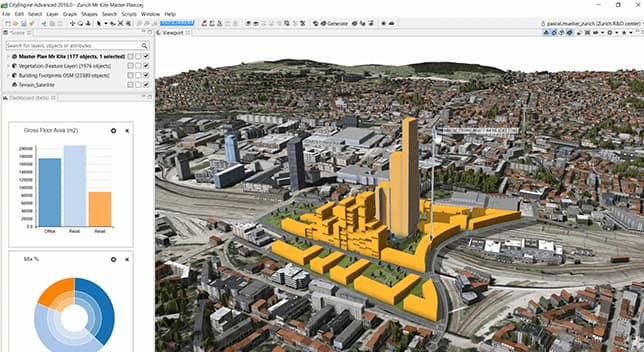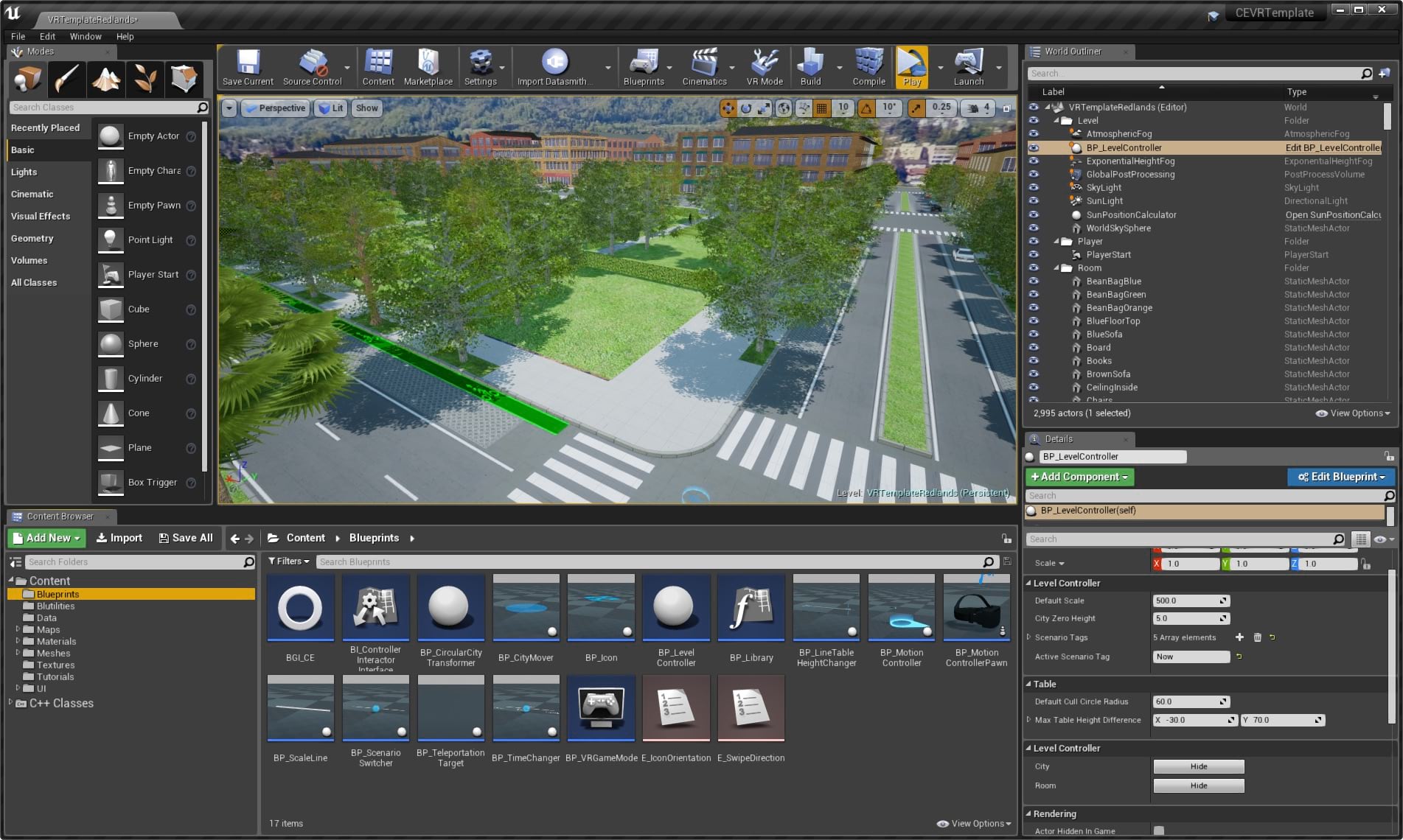
| Label | Explanation | Data Type |
Input point, polygon, or multipatch features. Input features can be procedurally symbolized feature layers. Field mapping (attribute-driven symbol properties) will be honored. | Feature Layer | |
Rule Package | The CityEngine rule package (*.rpk) file containing CGA rule information and assets. The rule annotated with @StartRule in the CityEngine rule package (.rpk) file should be annotated @InPoint for a rule package intended for point features, @InPolygon for a rule package intended for polygon features, or @InMesh for a rule package intended for multipatch features. If the @StartRule is not annotated with @InPoint, @InPolygon, or @InMesh, the feature type will be assumed to be polygon. | File |
The output feature class containing multipatch features with CGA rules applied. A field named OriginalOID is added to the output feature class(es) to contain the ObjectID of the input feature from which each output feature has been generated. | Feature Class | |
Include Existing Fields | Controls whether the output feature class inherits the attribute fields of the input feature class.
| Boolean |
Include Reports | Depending on how the rule package has been authored, it may contain logic that generates one or more reports as the models are created. These reports can hold a wide variety of information about the features. An example is a rule package that reports the number of windows generated for each building model. This parameter is ignored if the rule package does not contain logic to generate reports.
| Boolean |
Export Leaf Shapes | CityEngine rule packages construct content by generating component pieces and merging them together into a single 3D object. However, it is also possible to store these components, or leaf shapes, as separate features. This option can be especially important for running analytical operations against subelements of a 3D object, such as the windows of a building. This parameter determines whether each input feature is one of the following:
For example, a rule may generate seamless building models from input polygon footprints, or alternatively, it could create separate features for each apartment face, including an outward-facing panel, a representative center point, and lines showing the borders. In this example, the apartment panels, center points, and outlines are all considered leaf shapes.
| Boolean |
Derived Output


Jun 09, 2020 CityEngine SDK. This is the official site for the SDK of CityEngine, a 3D city modeling software for urban design, visual effects, and VR/AR production. The CityEngine SDK can be used for the development of: Custom importers and exporters for CityEngine. This means the SDK enables you to develop CityEngine plugins to read or write additional 3D. CityEngine is a fully featured Architecture Software designed to serve Agencies, Enterprises. CityEngine provides end-to-end solutions designed for Windows. This online Architecture system offers 2D Drawing, 3D Modeling, Drafting, Project Management, Quotes/Proposals at one place. After graduating in architecture from ETH Zurich (MSc Arch ETH), Matthias has worked in landscape architecture, attended the Gnomon School, worked in architectural visualization and then has been part of the CityEngine development team for almost five years. He has a deep knowledge of 3D Modeling, Rendering, Visualization, Digital Sets and VFX.

Cityengine Download
| Label | Explanation | Data Type |
| Output Point Features | When leaf shapes are generated, an output point feature class is created in the same location as the primary output multipatch feature class. | Feature Class |
| Output Line Features | When leaf shapes are generated, an output polyline feature class is created in the same location as the primary output multipatch feature class. | Feature Class |
| Output Multipoint Features | When leaf shapes are generated, an output polygon feature class is created in the same location as the primary output multipatch feature class. | Feature Class |